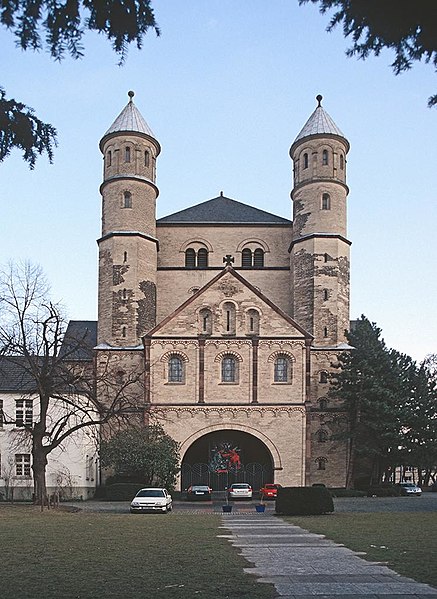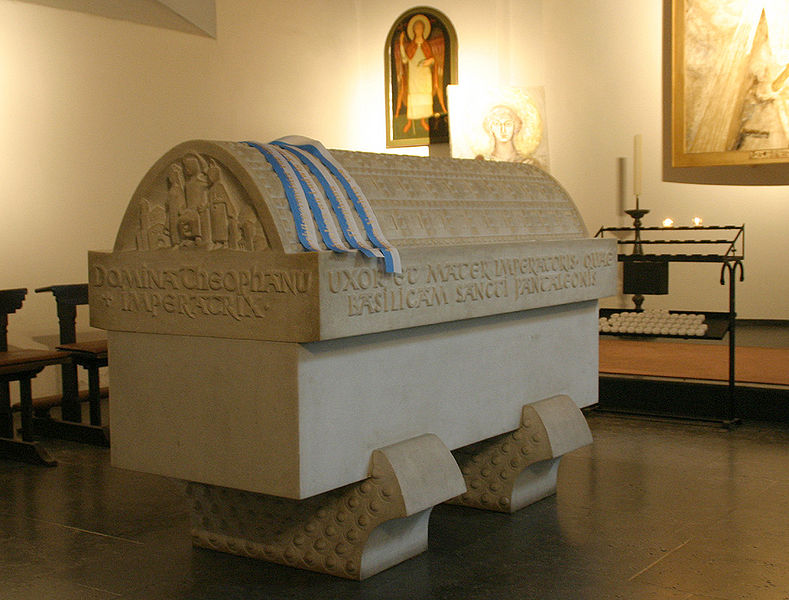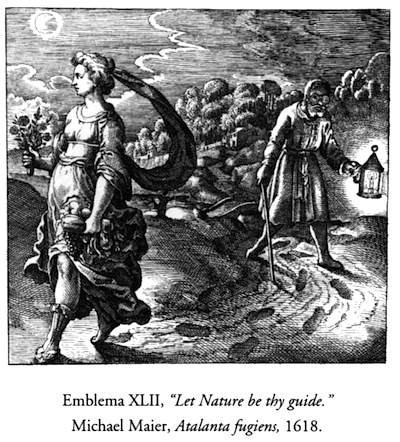Huck
Well, the time of the Albigensian wars is foreign for me.
Reading here and there to enlighten my dark spots about this context it appears, that the "not really observed" and "longlasting" Bulgarian Empire is a deciding factor, which from the interested Western Albigensian research is not really presented. There is some far spread romanticism and catharic idealization ... and some people claim, that they have descended from them and other use it to inspire tourism.
I would wonder, if "I've descended from some Bulgarians" would inspire in the same way.
Well, one of the first appearnces of Cathars in Western Europe appeared just around the corner, here nearby in Cologne, Bonn and Mainz. Here you can read the story, the beginnings are dated to 1140.
http://books.google.com/books?id=LI...BYQ6AEwAA#v=onepage&q=cathars cologne&f=false
But the writer is puzzled.


He believes in "native-Rhinelanders", but he can definitely relate to some Bulgarian-Greek customs in the behavior of these Cathars.
Well, knowing local history a little bit, I could help him up to the line, how this probably developed.

That's St. Pantaleon, a church initiated by empress Theophanu, earlier Byzantine princess, at the end of 10th century.
... later (1625) giving this impression:

... modern:

On short way you find here St Pantaleon (bottom) and the addresses Griechenpforte, Kleiner Griechenmarkt, Grosser Griechenmarkt and even a pub Griechenschänke (which surely has nothing to do with this story). Griechen means "Greeks".
The background is, that Theophanu didn't come alone, but with other Greeks, and that in this location St.Pantaleon close to Cologne (end of 10th outside before the Cologne city walls, later during 12th century inside the city walls) a smaller Greek colony or city quarter was built, which (likely) served interests of diplomacy between Byzanz and German Empire and naturally general trade interests and caused then a slow but steady assimilation of the earlier Greeks, who had accompanied Theophanu, at least the 150 years from Theophanu till 1140 are enough to build up some local Greek infrastructure.
And Theophanu has her bones here:

Generally Otto I.'s victory in 955 at the Lechfeld (near Munich) against often invading Hungarians ...
http://en.wikipedia.org/wiki/Battle_of_Lechfeld
... had had the effect, that the direct way between Western Empire to Constantinople opened. One of the consequences was, that Otto II married Theophanu in 973. A later effect were the crusades, from which the first went over the land route with estimated 300.000 pilgrims ...
**********
... Anyway, a happy new year to all the rest of the Bogomils ... at least in Russia and some other countries as for instance Macedonia (this had been a Bogomil center once) they have a new year between 13th/14th January in 21st century.
Reading here and there to enlighten my dark spots about this context it appears, that the "not really observed" and "longlasting" Bulgarian Empire is a deciding factor, which from the interested Western Albigensian research is not really presented. There is some far spread romanticism and catharic idealization ... and some people claim, that they have descended from them and other use it to inspire tourism.
I would wonder, if "I've descended from some Bulgarians" would inspire in the same way.
Well, one of the first appearnces of Cathars in Western Europe appeared just around the corner, here nearby in Cologne, Bonn and Mainz. Here you can read the story, the beginnings are dated to 1140.
http://books.google.com/books?id=LI...BYQ6AEwAA#v=onepage&q=cathars cologne&f=false
But the writer is puzzled.


He believes in "native-Rhinelanders", but he can definitely relate to some Bulgarian-Greek customs in the behavior of these Cathars.
Well, knowing local history a little bit, I could help him up to the line, how this probably developed.

That's St. Pantaleon, a church initiated by empress Theophanu, earlier Byzantine princess, at the end of 10th century.
... later (1625) giving this impression:

... modern:

On short way you find here St Pantaleon (bottom) and the addresses Griechenpforte, Kleiner Griechenmarkt, Grosser Griechenmarkt and even a pub Griechenschänke (which surely has nothing to do with this story). Griechen means "Greeks".
The background is, that Theophanu didn't come alone, but with other Greeks, and that in this location St.Pantaleon close to Cologne (end of 10th outside before the Cologne city walls, later during 12th century inside the city walls) a smaller Greek colony or city quarter was built, which (likely) served interests of diplomacy between Byzanz and German Empire and naturally general trade interests and caused then a slow but steady assimilation of the earlier Greeks, who had accompanied Theophanu, at least the 150 years from Theophanu till 1140 are enough to build up some local Greek infrastructure.
And Theophanu has her bones here:

Generally Otto I.'s victory in 955 at the Lechfeld (near Munich) against often invading Hungarians ...
http://en.wikipedia.org/wiki/Battle_of_Lechfeld
... had had the effect, that the direct way between Western Empire to Constantinople opened. One of the consequences was, that Otto II married Theophanu in 973. A later effect were the crusades, from which the first went over the land route with estimated 300.000 pilgrims ...
**********
... Anyway, a happy new year to all the rest of the Bogomils ... at least in Russia and some other countries as for instance Macedonia (this had been a Bogomil center once) they have a new year between 13th/14th January in 21st century.


